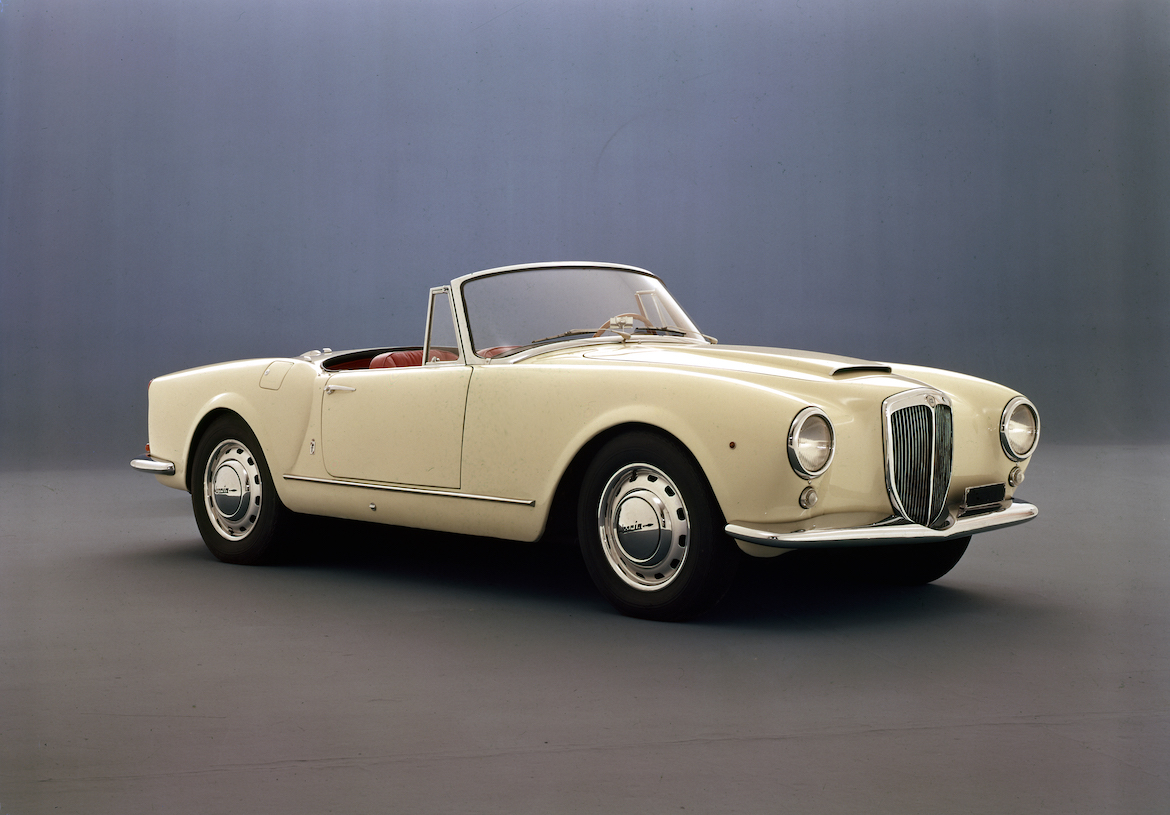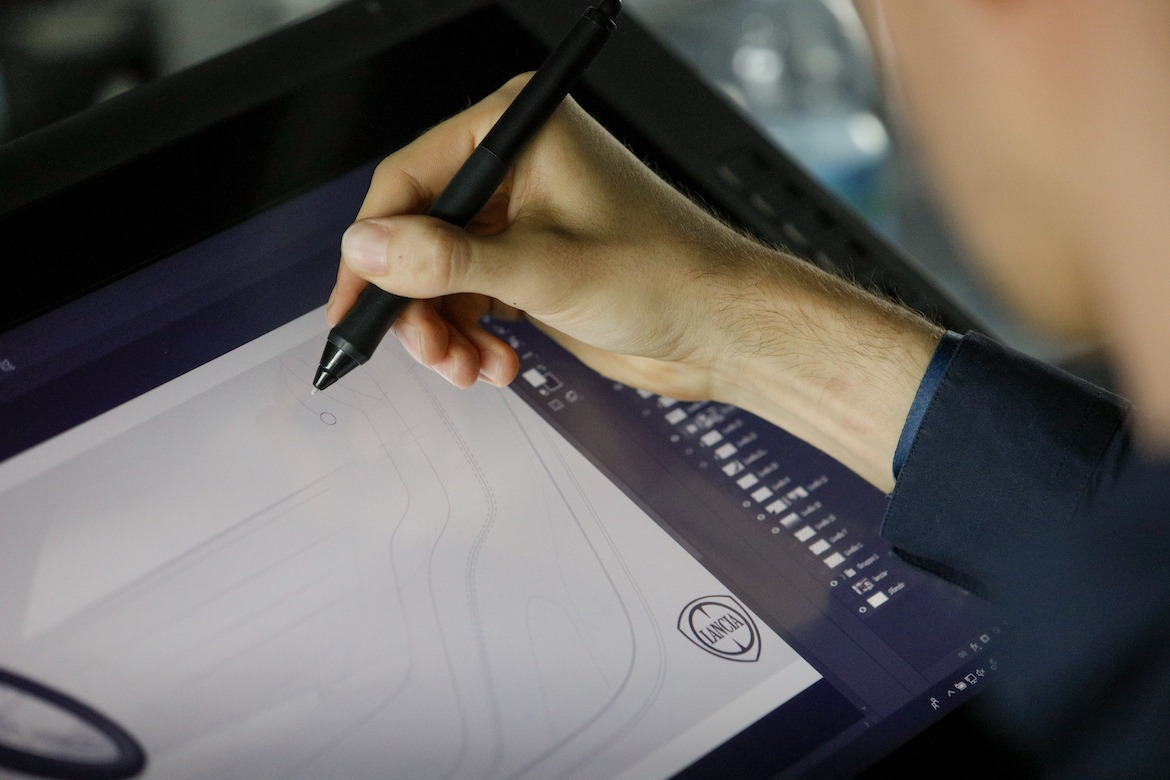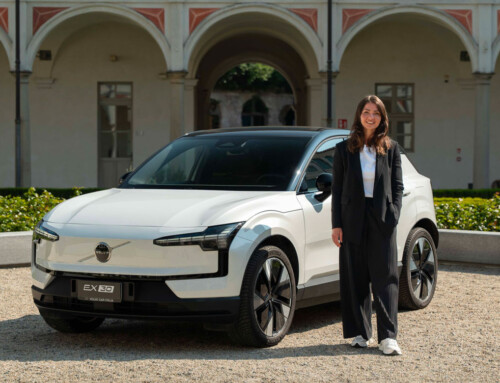As of last 14 June, Jean-Pierre Ploué officially took on the role of head of design for Lancia, which he’ll keep together with that of Chief Design Officer for the Stellantis group (for the Abarth, Alfa Romeo, Citroën, DS Automobiles, Fiat Europe, Lancia, Opel, and Peugeot brands). We met him at the Turin style centre where the Fiat, Abarth, Lancia and Alfa Romeo models of the future will be designed under his direction.
Which are the models that you will take as reference for the rebirth of the Lancia brand?
The history of Lancia is studded with masterpieces that made the history of the car and each of these models possesses two key stylistic elements: elegance and design sophistication. For the next Lancias, we will develop these concepts, enriching them with new ideas and features. The historical references are certainly models like the Aurelia B20, B24 America, Stratos, Flavia, Fulvia, Flaminia, but also the Delta and Thema. Vehicles that have brought innovation, while maintaining a formal elegance that is typically Italian, hidden in various details.
In particular, the B20 will be a very important reference for the future of Lancia, because it incarnates, in its timeless lines, the perfect example of compact, gran turismo architecture in an elegant and sophisticated body. The soft design of the rear even recalls a fastback and alludes to principles that are fundamental for us, like aerodynamic efficiency. I love this model.
Which stylistic principles will define the shapes of the next Lancias?
When you think about Lancia, the concepts that immediately come to mind include elegance, eclecticism, a strong link with Italy, beauty, and that typical attention to style that is wholly Italian, which seems totally accidental but is, in reality, very well thought-out. Every reference stylistic element will then be flavoured with different touches of genius and technology: two other peculiarities of Lancia that recall the teachings of the founder, Vincenzo Lancia. Particular attention will be dedicated to the materials and interiors, as necessary for a true Lancia.
We have worked on defining these questions very rigorously, with our team because we want to instil each of our brands with a precise identity. For this reason, we have specific design teams for each brand so that the designers can harmonise with the brands and operate for a perfect differentiation of the products, a fundamental factor when you’re part of a group with so many brands.
What will be the key design elements for the next Ypsilon?
We can’t yet reveal that, but the team is working on sketches that are really very beautiful and strongly linked to the brand’s identity. The interiors will be a fundamental element, both for the future Ypsilon and for the entire rest of the range that will arrive.
The formal principles will be purity of lines, attention to the surfaces, and elegance, while, in the interiors, there will be very few physical buttons for controlling functions. Each element will need to express a precise and refined style, including the graphics for the info-telematic component, which will be simple and linear for maximum user-friendliness. Colours and materials will be strongly inspired by the world of furnishings to create a comfortable environment.
The full interview with Jean-Pierre Ploué continues in Auto&Design no. 250.















